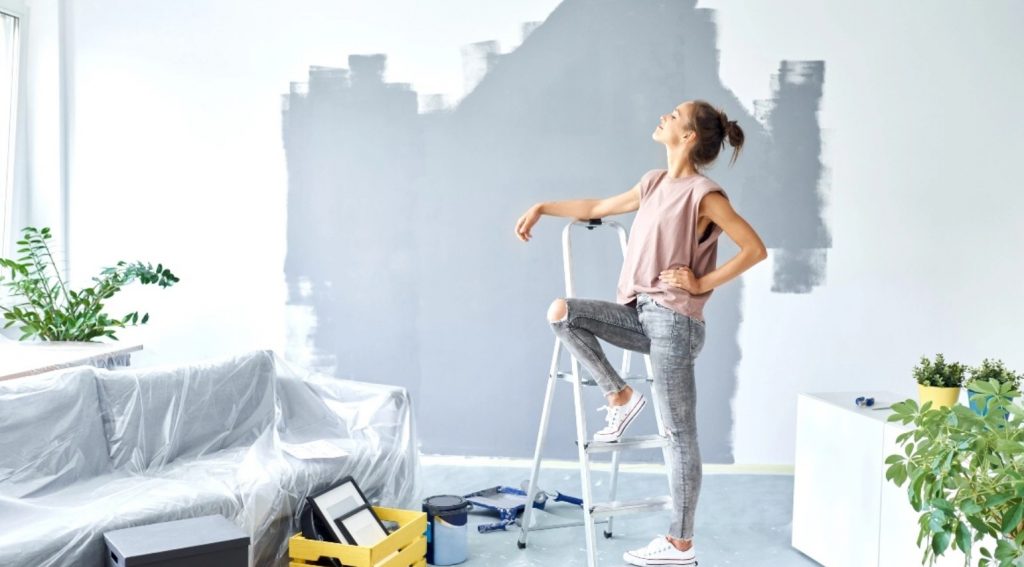
It’s an expensive time to be renovating or building a new home, with construction costs growing at the fastest rate in 17 years.
But a bit of planning and flexibility can help keep your budget under control and your project on track.
National construction costs surged by 7.3 per cent last year in what was the highest annual growth rate since March 2005, according to property data firm CoreLogic.
CoreLogic’s research director Tim Lawless said many residential construction projects have been approved but are yet to be finished.
“With some materials such as timber and metal products reportedly remaining in short supply, there is the possibility some residential projects will be delayed or run over budget,” he said.
Housing Industry Association chief executive Kristin Brookfield expects heightened building costs to continue through 2022 and into next year.
International shipping delays have pushed up the price of imported fixtures, like taps and tiles, while high demand has also seen price increases for Australian-made materials like timber, she said.
Ms Brookfield said if you are on a tight timeline making changes on the run can cause budget blowouts.
“You might have to pay more to get something done faster or sooner,” she said.
“If you’ve got plans, if you’ve got a contract, you’ve got a proper quote and an agreed price, there really shouldn’t be anything else that can cause a cost blowout apart from changing things.”
LeMaistre Builders owner Mark LeMaistre estimated the average house costs $30,000 to $40,000 more to build now than before the pandemic.
So, if you’re planning to build or renovate a home, what can you do to keep your costs in check?
1. Be flexible
Mr LeMaistre said being flexible in your choice of materials can save you thousands.
“Definitely go into it with an open mind in regards to materials,” he said.
“There are products out there that can give you exactly the same look but are just a lot more economical.”
Mr LeMaistre said builders should provide home owners with every material option available to provide a similar finish.
“It just gives them (home owners) flexibility to work out their budget and where they would like to spend their money,” he said.
2. Outside
Mr LeMaistre said you can save money by choosing pressed sheet cladding for a home’s exterior rather than Alucobond.
3. Flooring
Inside your home, opting for economical flooring and staircases can save you cash, too.
For example, skinnier floorboards are cheaper to buy and lay instead of wide boards, while some types of timber cost almost double other species.
4. Windows
Mr LeMaistre said huge savings can be made while achieving a similar look by switching from high-end aluminium windows to middle-of-the-range options.
“There is a dramatic difference in cost but some of the manufactures look very, very similar,” he said.
5. Kitchen
In your kitchen, a thinner Caesarstone bench (engineered stone made from processed quartz) is dramatically cheaper than thicker options.
Your benchtop will cost about $2000 less if you forego waterfall edges, where the benchtop material continues down the side of the cabinetry to the floor, Mr LeMaistre said.
6. Bathroom
For bathrooms, you can save several thousand dollars by just tiling the shower area rather than from floor to ceiling across the entire room, Mr LeMaistre said.




























